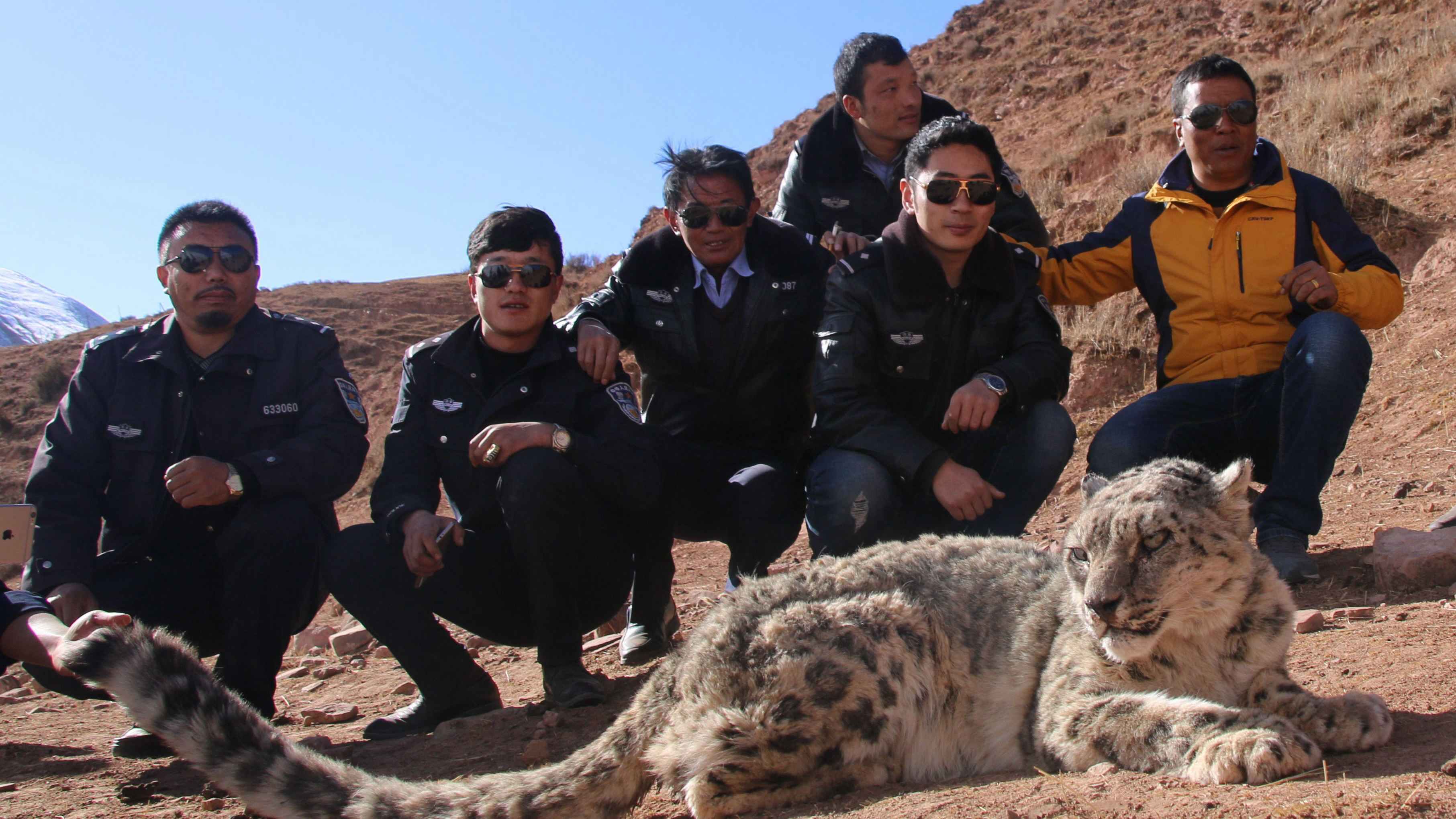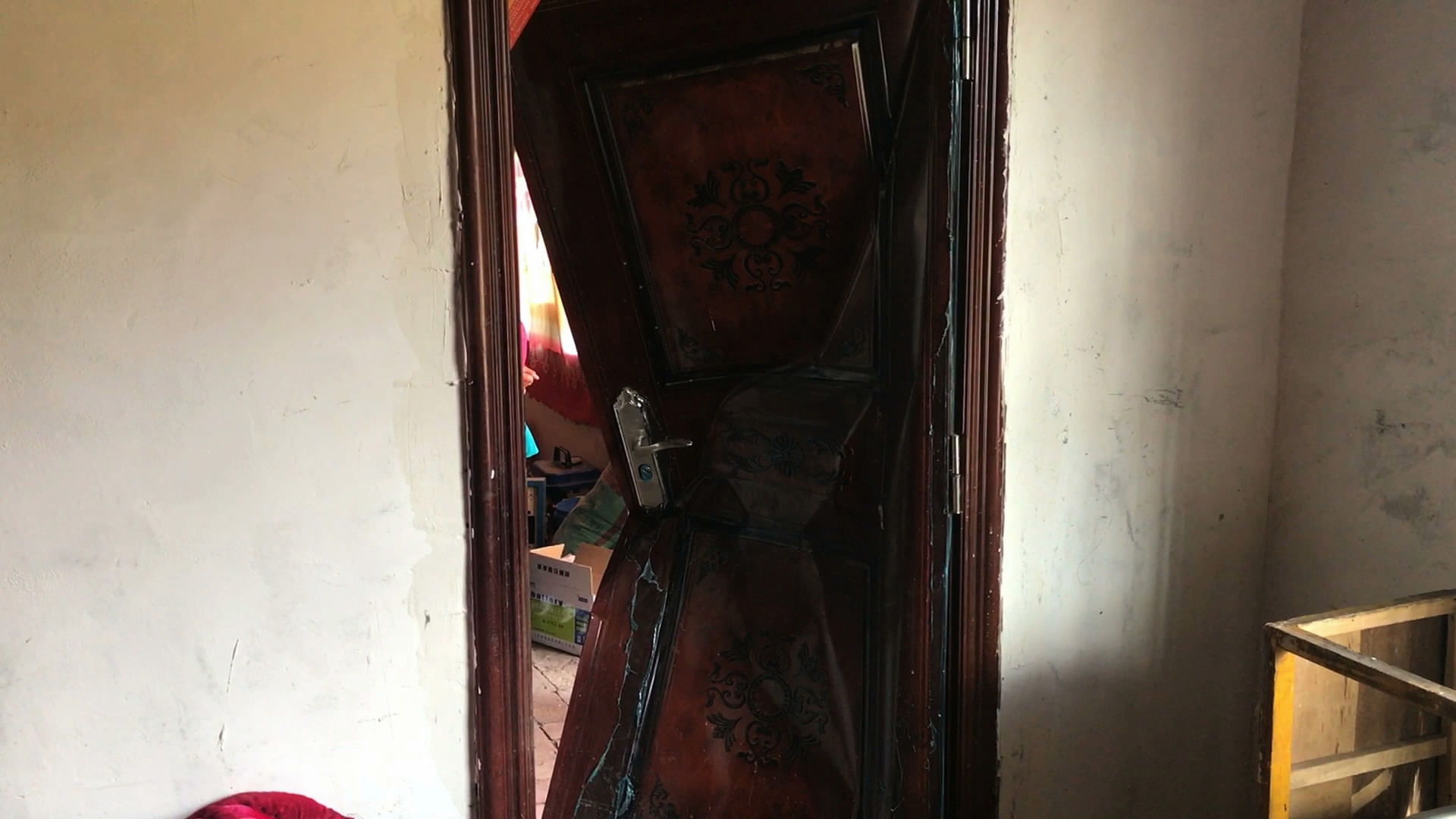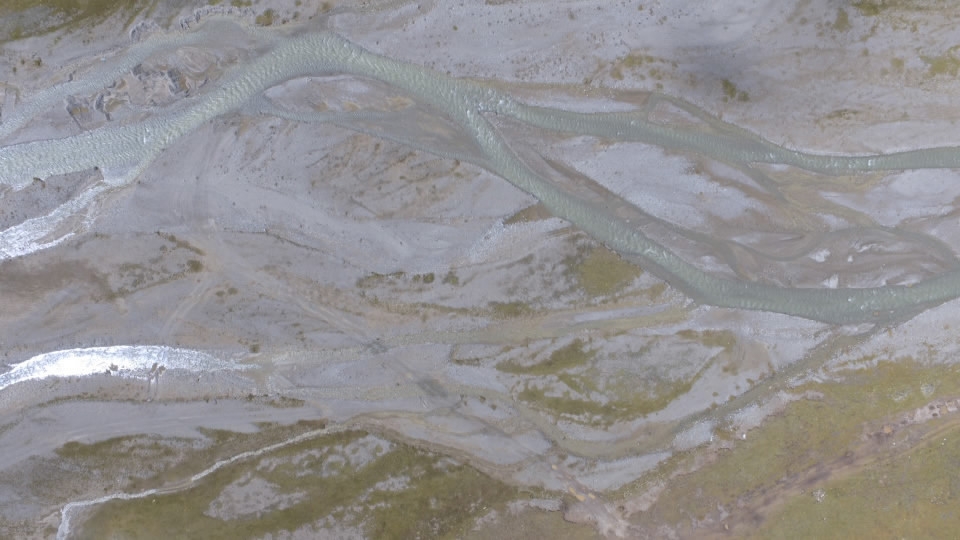
Tech & Sci
22:22, 21-Dec-2017
Coexisting with wild animals on Qinghai-Tibet Plateau
By Tao Yuan

Most agree that some ecological protections are essential for preserving Earth, but on China’s Qinghai-Tibet Plateau, Tibetan nomads are finding there can be tough trade-offs for those protections.
Gesund flips through photos on his smartphone. In the photos, a young man lies face-down naked on a wooden board, a 15-centimeter-long stretch of his back torn open, surrounded by other wounds.

Brown bear destroys door of nomads' winter dwelling. /CGTN photo
Brown bear destroys door of nomads' winter dwelling. /CGTN photo
“Work of a brown bear,” says Gesund, a dark-skinned Tibetan man. “We found him alive. But he didn’t make it eventually. Imagine how terrified he must have been.”
Incidents like this don’t happen often, once or twice each year at most, according to Gesund.
“And it’s all part of this nomadic lifestyle,” he said. But lately, he’s grown a bit concerned.
He’s the chief of Zhahe Township, deep in the mountains on the Qinghai-Tibet Plateau, three hours of drive on bumpy dirt road from the nearest county by the most experienced drivers.

The Qinghai-Tibet Plateau is dubbed China's "water tower."/CGTN photo
The Qinghai-Tibet Plateau is dubbed China's "water tower."/CGTN photo
The Plateau is called China’s “water tower” for being the birthplace of the country’s three largest rivers – the Yellow, Yangtze and Lancang, known downstream as the Mekong.
The Chinese government has established its first national park in the area, Sanjiangyuan National Park, or “Source of Three Rivers.” The goal is to protect the tremendous water resources and rich biodiversity. That means a ban on all poaching. Economic activities are also minimized.
“The ecosystem is certainly better. We can see it; we can hear it,” said Gesung, adding that he and his villagers used to see packs of seven to eight wolves; now the animal can easily be seen in dozens. It is common for the herdsmen to lose livestock to these wolves and other carnivores in the region.
“The human-nature conflict has always existed,” says Gensund. “But now there’s more wild animals. That means more loss for the villagers.”
It was made clear that the government needed to step in to ease the tension. In 2016, the government of Zadoi, a county at the Lancang head-water, first set up a human-carnivore conflict insurance fund, where each household can choose to pay an annual insurance fee of three yuan (less than $0.4) per livestock. For each livestock they lose to wild carnivores, they get about 1,500 yuan ($214) compensation on average.
In 2015, predator attacks caused the 1,930 households in Angsai, a township in Zadoi, to lose 4.6 yaks each on average, the biggest loss per household being 28 yaks.
“The insurance program encourages locals to better protect wildlife,” says Tashi Dondrub, an official of Angsai.
The scheme has since expanded to other communities in Sanjiangyuan, including Zhahe Township.
“It’s only a small compensation, much less than the livestock’s actual value,” says Gesund. “But what else can you do? The locals won’t hurt the wildlife even if they had a chance. We Tibetans revere nature.”
Gesund wanders the pastureland, dwarfed by its vastness. “Yes, they killed our livestock. But life and death is all part of the wheel of life, isn’t it?” he says.

SITEMAP
Copyright © 2018 CGTN. Beijing ICP prepared NO.16065310-3
Copyright © 2018 CGTN. Beijing ICP prepared NO.16065310-3